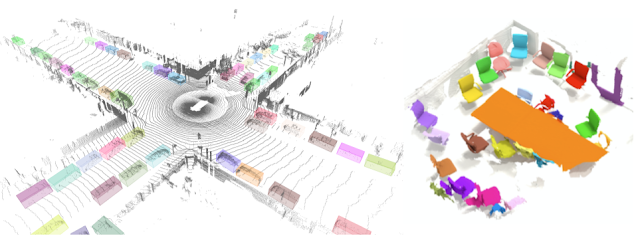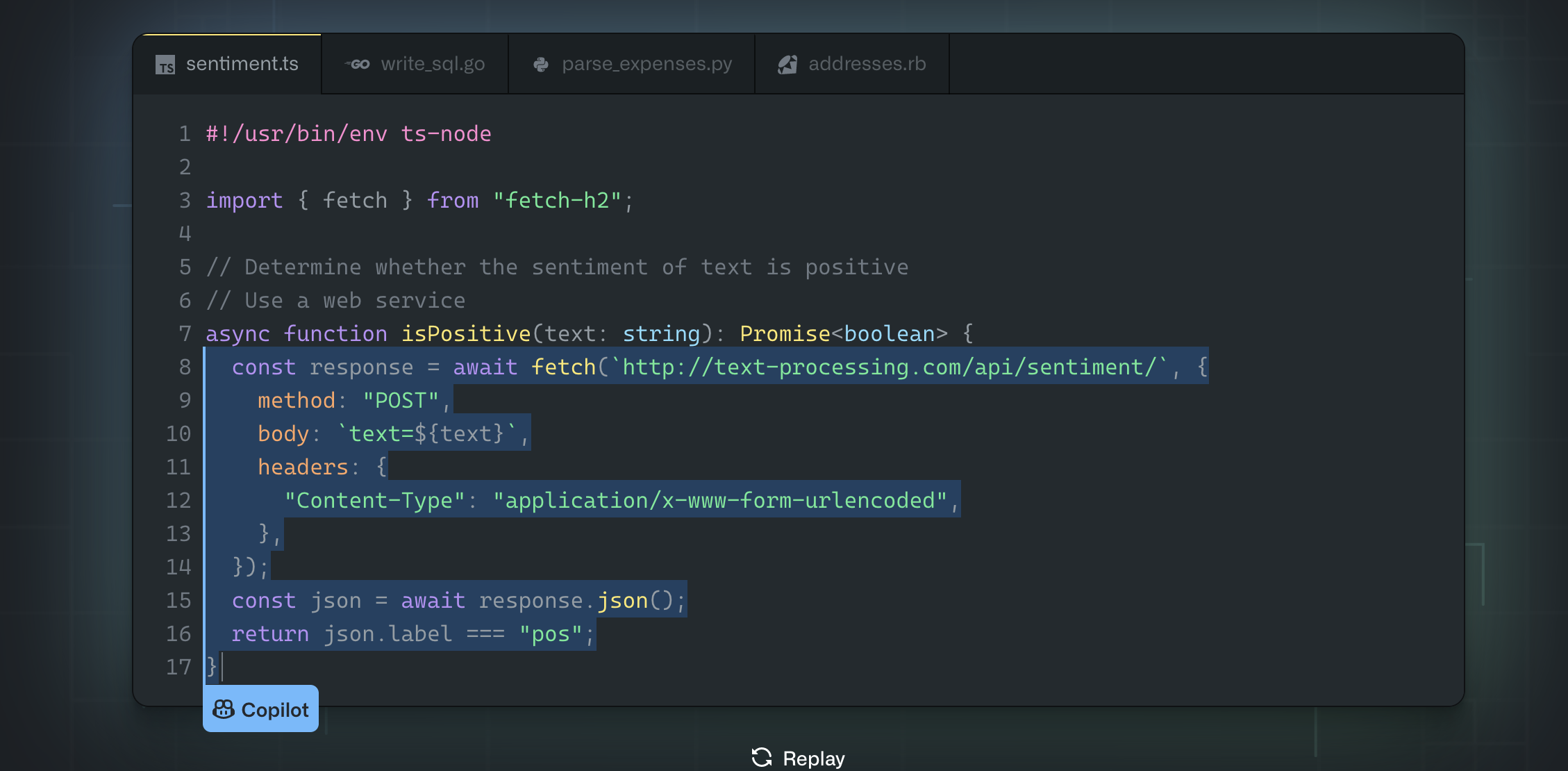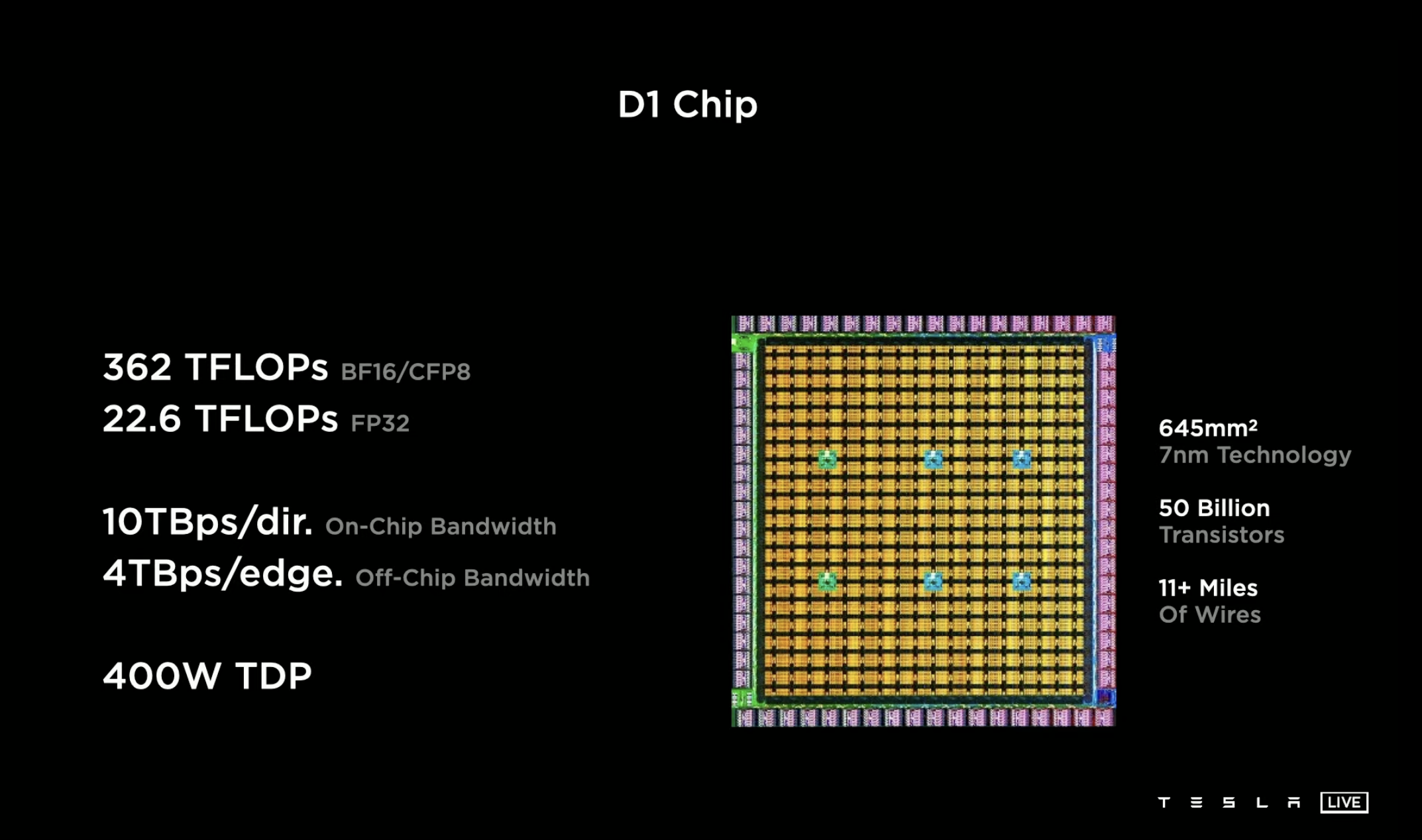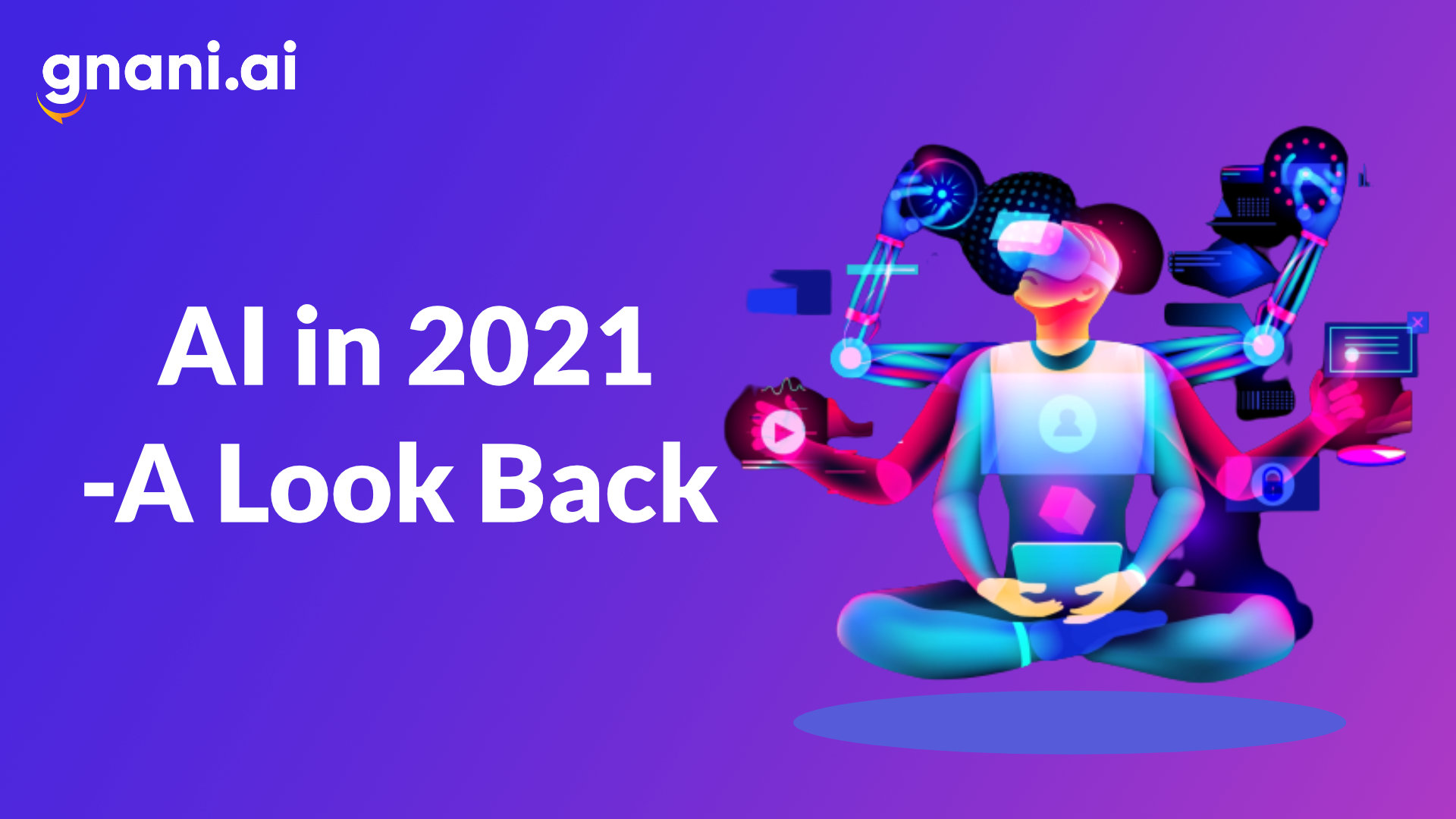The first successful AI was developed in 1935 by British Mathematician Alan Turing to decipher the Nazi’s encrypted message. From the day of its invention to date, AI is being used to simplify time-consuming jobs and reach goals quickly.
The beginning of 2021 itself had lots of expectations, and every business was looking forward to making the most of this year to compensate for what they have missed in the year 2020 due to the pandemic. AI has played a significant role in maintaining normality in the new normal. Tech giants have released their own AI-related products and platforms to catalyst AI adoption.
In this post, we have collected notable AI announcements and events that happened in 2021. Let’s have a look back at AI events in the year 2021.
January
Open AI’s DALL·E: Creating Images from Text
Open AI released DALL.E, text to image model based on their GPT-3. This text to image AI model has a 12-billion parameter version of GPT3 that can create images from text using the text-image pairs dataset. This model can combine unrelated concepts in plausible ways, rendering text, and applying transformations to existing images.
Say for example, if you say, “an armchair in the shape of an avocado,” the results will be like in the image below.

February
3D Scene Understanding with TensorFlow 3D
Over the last few years, image recognition has become ubiquitous. Right from the smartphone camera to autonomous cars, 3D sensors like LIDAR, Depth sensors, RARDA, etc., are used to get a clear image. The TensorFlow 3D makes use of the data collected by the sensor to understand the scene better. TF 3D contains training and evaluation pipelines for state-of-the-art 3D semantic segmentation, 3D object detection, and 3D instance segmentation, with support for distributed training.

March
Another tech giant Meta (formerly Facebook), is also very active in the AI space and launched SEER, a self-supervised computer vision model. Previously, brands used labeling, curation, and segmentation of the image. Whereas the SEER uses a billion-parameter computer vision model that can identify objects, group & categorize pictures, identify details even in low-shots, etc., autonomously without any human interference.
June
Open AI and Microsoft launched GitHub Copilot, an AI-powered platform to help developers write better code. The GitHub Copilot can handle all major coding languages, which gives developers alternate suggestions as they write the code. And the best part is GitHub Copilot adapts automatically to the developer’s coding style.

August
Tesla AI day had created a buzz throughout August 2021. Two important announcements made in this event were the Humanoid Robo and the Dojo AI computer chip that Tesla is going to use for its future products. The Dojo chip uses a 7nm chip technology that has 362 teraflops of processing power.
Along with DOJO, Tesla has also unveiled FSD AI Chip to improve the self-driving software.

Task-Oriented Conversational AI in Airbnb Customer Support
Airbnb is one of the best companies in providing an exceptional customer experience. To make customer support even simpler, Airbnb has introduced a conversational AI assistant in its customer support channel.
The multi-layer model first detects the category in which the user wants support and processes the message in different layers to provide an optimal support service. Their technical post to know in detail about the conversational AI model they use, read here.
October
October 2021 was a big month for Facebook; it has been rebranded as META. Several futuristic plans were revealed in this event, including the Metaverse, where users can virtually interact with their Facebook connections.
Meta has introduced Conversational AI and voice interactions to its Metaverse interface to make the conversation and interactions easier for the users. SDK kits are also released to let third-party developers make use of all the Metaverse features.
November
Conversational AI Assistants in Airbus
In the month of November, Walid Yassine Medjati, Data Scientist & ML engineer at Airbus shared their future plan of augmenting Conversational AI assistants in its cockpit activity.
One of the examples shared by Medjati is “conversational AI could help the pilot relax ahead of landing, by automatically contacting airports to gauge in-bound capacity.”
Microsoft AI Open-Sources’ SynapseML’ For Developing Scalable Machine Learning Pipelines
Towards the end of the year 2021, Microsoft AI has made another announcement of “SynapseML,” an open-source library that simplifies and speeds up the creation of machine learning (ML) pipelines.
December
PyTorch Live to build AI-powered mobile experiences-
Meta (formerly Facebook) announced PyTorch Live to compete with Google’s TensorFlow to help developers make AI-powered mobile experience.
As the name PyTorch suggests, it uses an open-source ML library called Torch. PyTorch is on a mission to make the prototype phase and the actual product deployment phase faster.
As you can see, 2021 has laid a strong foundation for AI and fast-forwarded the growth of AI. Tech giants are pushing low code/no-code AI platforms to make the AI benefits available for all types of users and businesses. On the other hand, businesses are implementing AI to improve customer experience.
Hope everyone liked our compilation of AI events in 2021. From the team of Gnani.ai, we are Wishing you all a very happy Christmas and Happy new year.


